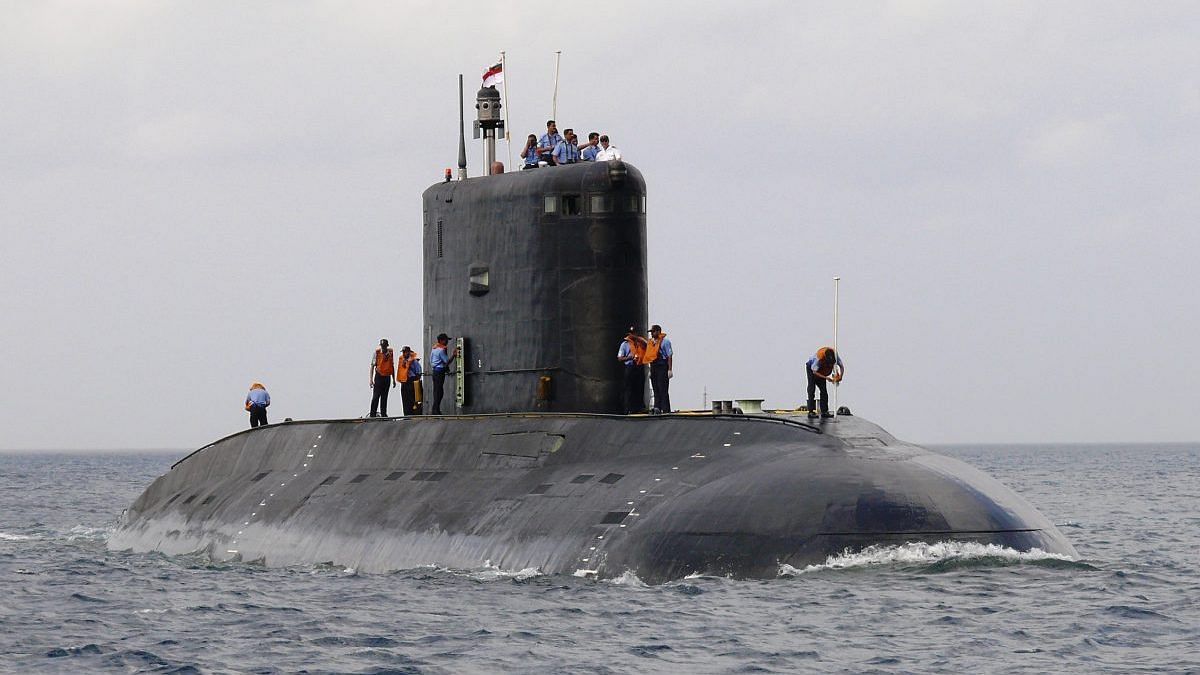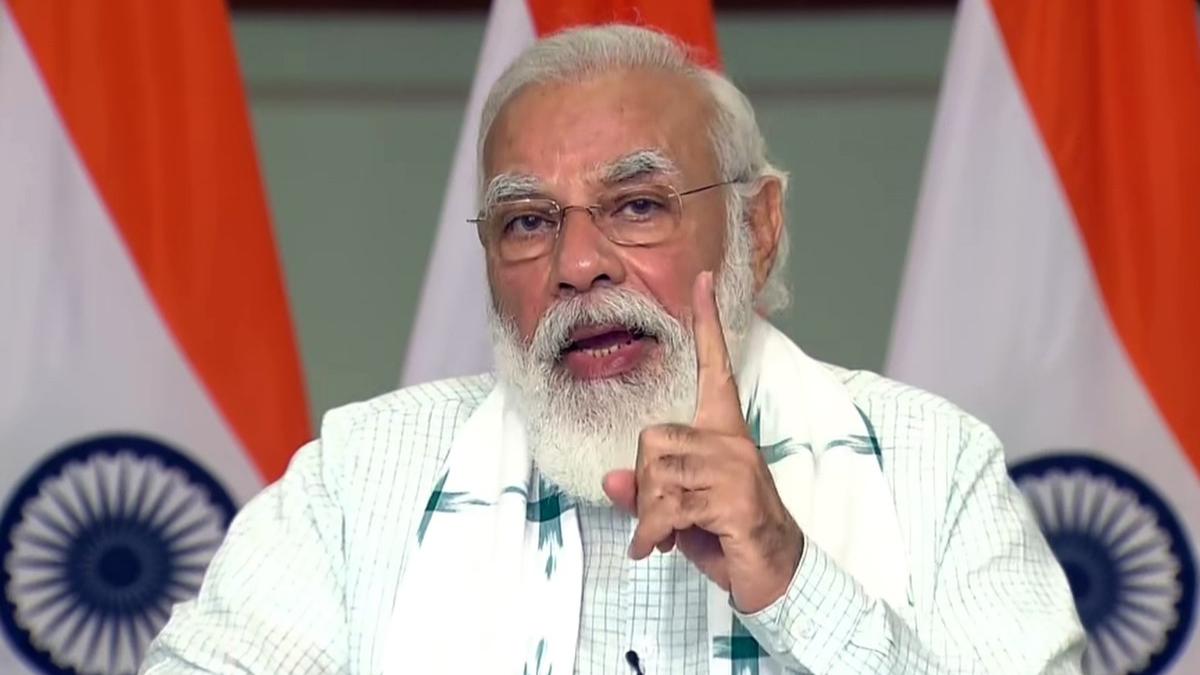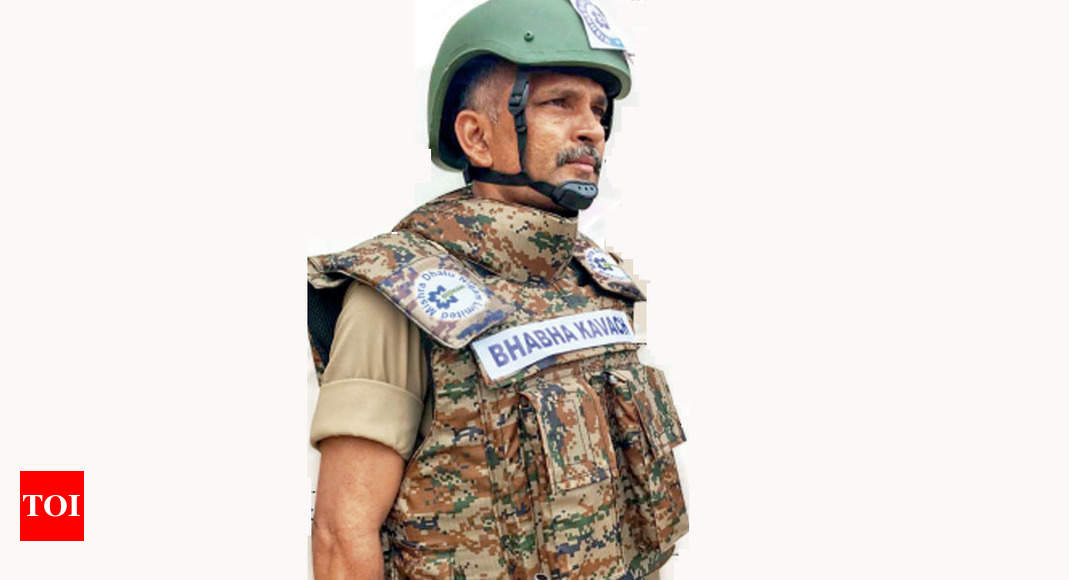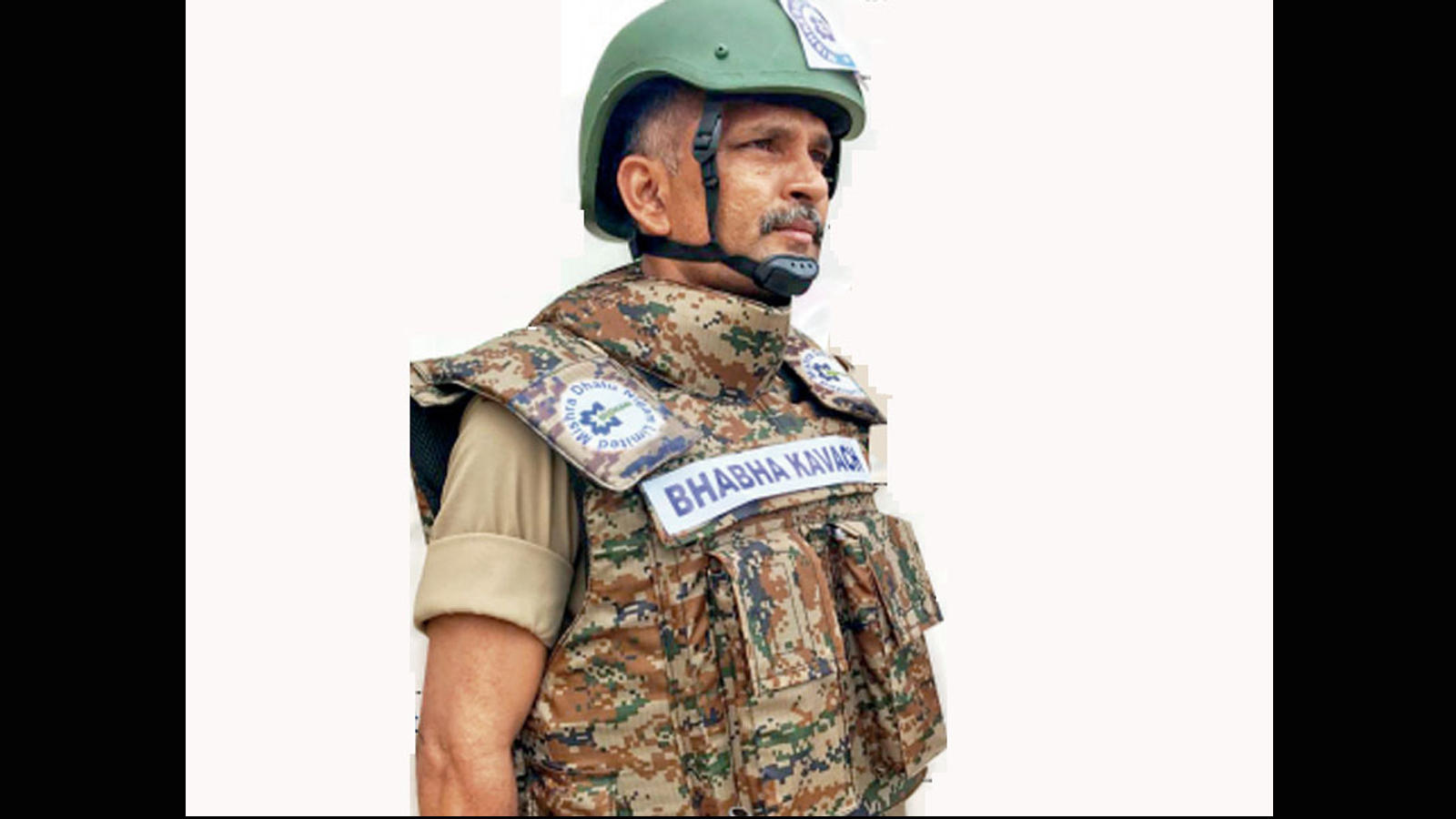WolfPack86
New Member
- Joined
- Oct 20, 2015
- Messages
- 10,571
- Likes
- 16,993
Govt to focus on reducing use of imported components in indigenously developed platforms
The defence ministry will focus on significantly bringing down percentage of imported components in indigenously developed military platforms and weapons systems like light combat aircraft Tejas and Akash missiles, officials said on Monday. The Indian armed forces have been using a plethora of indigenously developed platforms and weapons which have various imported components and electronic systems.
Defence Minister Rajnath Singh on Sunday announced that India will stop import of 101 military systems and weapons like transport aircraft, light combat helicopters, conventional submarines and cruise missiles by 2024 to promote India's domestic defence industry.
The negative list featured many products which have either been developed by India or are in the development stage.
"Besides aiming to produce key platforms and weapons in India, the government will also focus on bringing down the percentage of imported components in indigenously developed systems," said an official.
On the inclusion of light combat aircraft (LCA Mark 1A) and a number of missile system which are manufactured in India in the negative list, the defence ministry said it was done to ensure that the armed forces do not go for importing similar systems.
The Tejas is a light combat aircraft produced by state-run aerospace behemoth Hindustan Aeronautics Limited NSE -1.95 %. The aircraft has some imported components.
"It is also highlighted that for a product to be considered as an indigenous system, the percentage of indigenous content has to meet minimum laid down specifications," the defence ministry said in a clarification.
"Hence, manufacturers are also required to ensure indigenisation and decrease import content to the permissible limits," it said.
It further said: "It is clarified that the reason for specifying systems presently made in India with part-import content is to ban procurement of such equipment or items which carry similar qualitative requirements but are often contracted under differing nomenclatures."
The decision to prune the import list of weapons systems under a year-wise schedule was first announced by Finance Minister Nirmala Sitharaman in May while rolling out reform measures for the defence manufacturing sector that included increasing the FDI limit from 49 per cent to 74 per cent under the automatic route.
The defence ministry has set a goal of a turnover of USD 25 billion (Rs 1.75 lakh crore) in defence manufacturing in the next five years that included an export target of USD 5 billion (Rs 35,000 crore) worth of military hardware.

The defence ministry will focus on significantly bringing down percentage of imported components in indigenously developed military platforms and weapons systems like light combat aircraft Tejas and Akash missiles, officials said on Monday. The Indian armed forces have been using a plethora of indigenously developed platforms and weapons which have various imported components and electronic systems.
Defence Minister Rajnath Singh on Sunday announced that India will stop import of 101 military systems and weapons like transport aircraft, light combat helicopters, conventional submarines and cruise missiles by 2024 to promote India's domestic defence industry.
The negative list featured many products which have either been developed by India or are in the development stage.
"Besides aiming to produce key platforms and weapons in India, the government will also focus on bringing down the percentage of imported components in indigenously developed systems," said an official.
On the inclusion of light combat aircraft (LCA Mark 1A) and a number of missile system which are manufactured in India in the negative list, the defence ministry said it was done to ensure that the armed forces do not go for importing similar systems.
The Tejas is a light combat aircraft produced by state-run aerospace behemoth Hindustan Aeronautics Limited NSE -1.95 %. The aircraft has some imported components.
"It is also highlighted that for a product to be considered as an indigenous system, the percentage of indigenous content has to meet minimum laid down specifications," the defence ministry said in a clarification.
"Hence, manufacturers are also required to ensure indigenisation and decrease import content to the permissible limits," it said.
It further said: "It is clarified that the reason for specifying systems presently made in India with part-import content is to ban procurement of such equipment or items which carry similar qualitative requirements but are often contracted under differing nomenclatures."
The decision to prune the import list of weapons systems under a year-wise schedule was first announced by Finance Minister Nirmala Sitharaman in May while rolling out reform measures for the defence manufacturing sector that included increasing the FDI limit from 49 per cent to 74 per cent under the automatic route.
The defence ministry has set a goal of a turnover of USD 25 billion (Rs 1.75 lakh crore) in defence manufacturing in the next five years that included an export target of USD 5 billion (Rs 35,000 crore) worth of military hardware.

Govt to focus on reducing use of imported components in indigenously developed platforms
The defence ministry will focus on significantly bringing down percentage of imported components in indigenously developed military platforms and weapons systems like light combat aircraft Tejas and Akash missiles, officials said on Monday. The Indian armed forces have been using a plethora of...
www.defencenews.in









